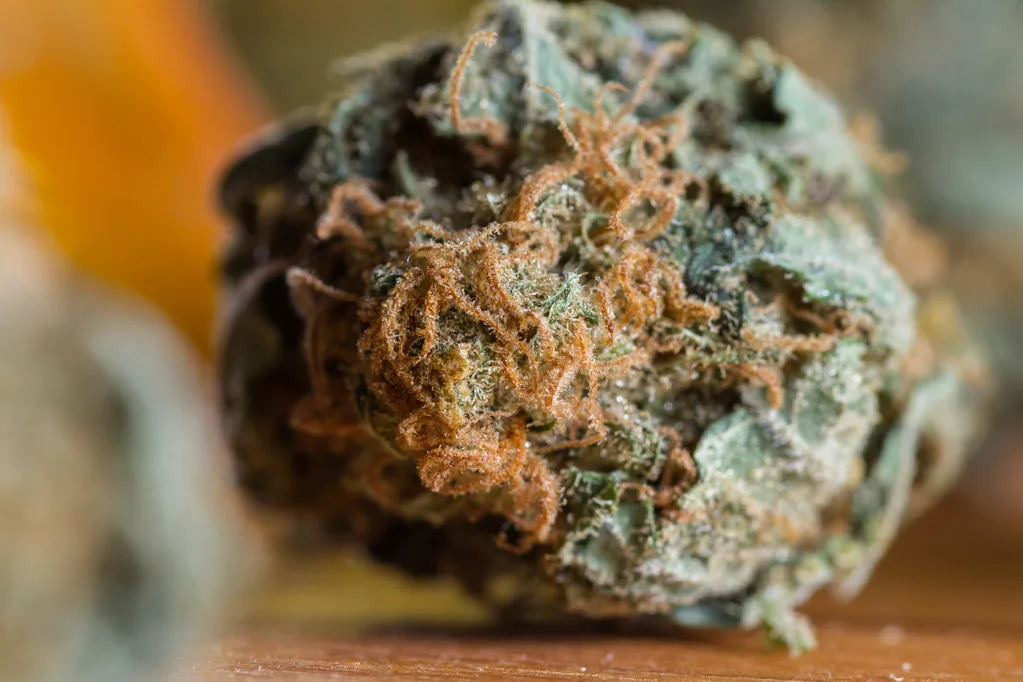A recent study published by the U.S. National Library of Medicine found that patients with cancer who use medical marijuana report substantial improvements in managing symptoms.

The study found that although most cancer patients find symptom relief from using medical marijuana, high out-of-pocket costs remain a major barrier, particularly for those already facing financial hardship.
Researchers from the University of Minnesota, the Minnesota Department of Health, and the HealthPartners Institute Cancer Research Center surveyed 220 cancer patients enrolled in the Minnesota Medical Cannabis Program over a two-month period. The study examined the relationship between financial well-being and patterns of medical marijuana use, associated costs, and symptom relief.
The findings showed that 55% of respondents classified themselves as not living comfortably (NLC), while 45% said they were living comfortably (LC). Patients in the NLC group were more likely to be younger, unmarried, unemployed, or disabled, with nearly half reporting an annual income below $50,000. This group also spent more on medical marijuana, with 40% paying over $200 per month compared to 21% in the LC group.
Despite these financial disparities, both groups used medical marijuana daily and reported significant symptom relief. However, the NLC group was more likely to reduce or stop use due to cost concerns, with 85% citing affordability as a limiting factor compared to 39% in the LC group.
The study concludes by stating:
Patients with cancer using cannabis report significant improvements in cancer-related symptoms. High out-of-pocket costs for cannabis may be especially burdensome among those already financially struggling, raising questions about affordability of and equitable access to this therapy.







